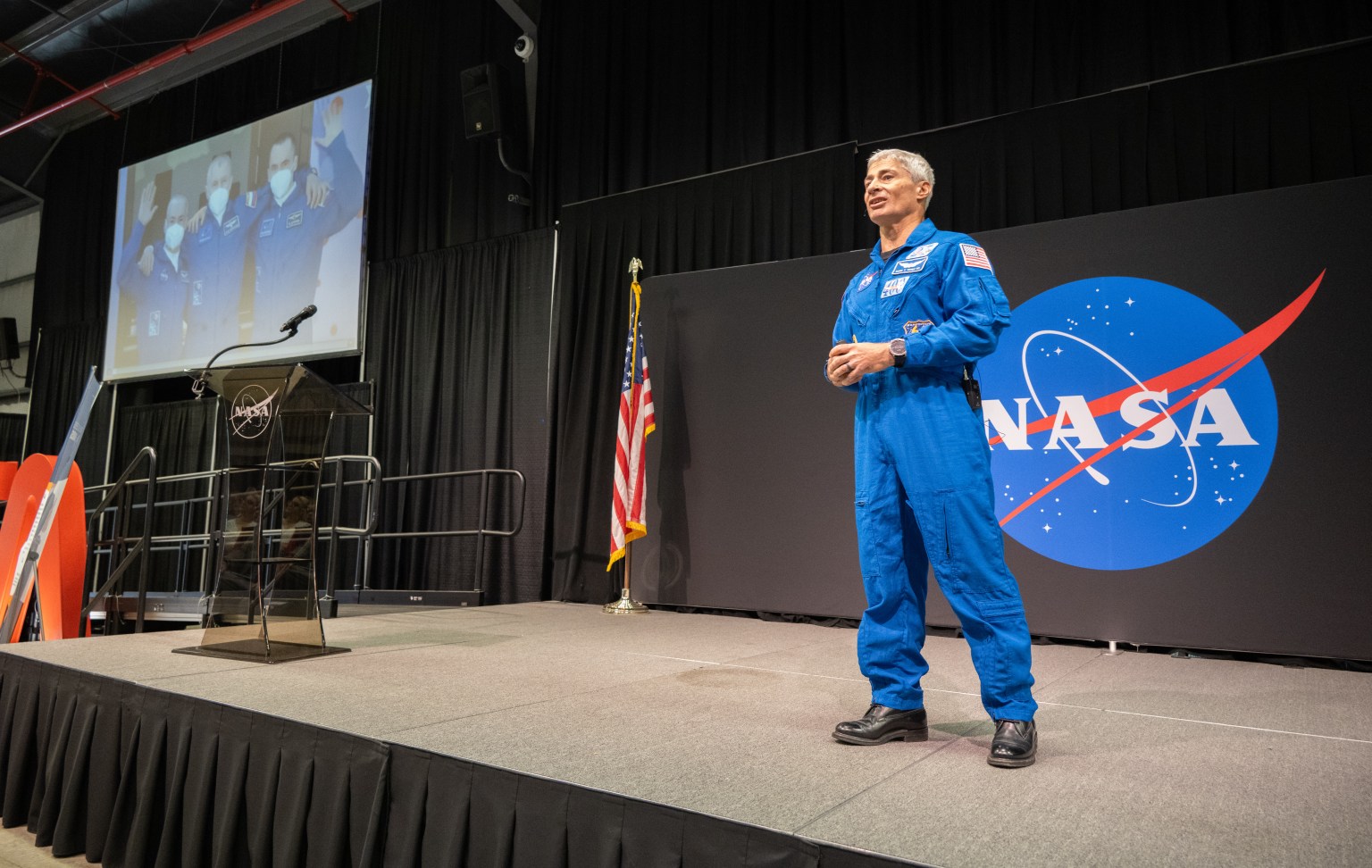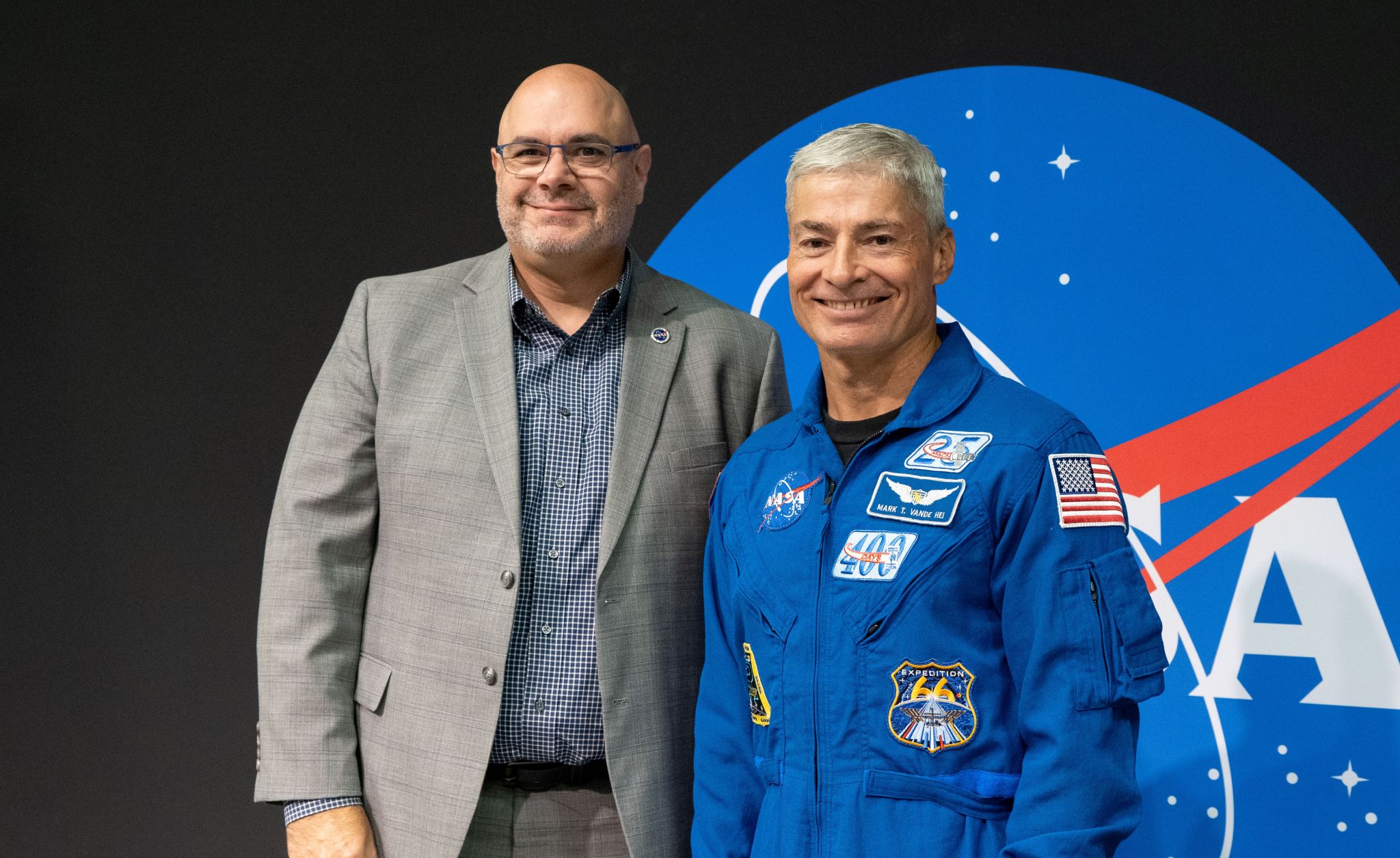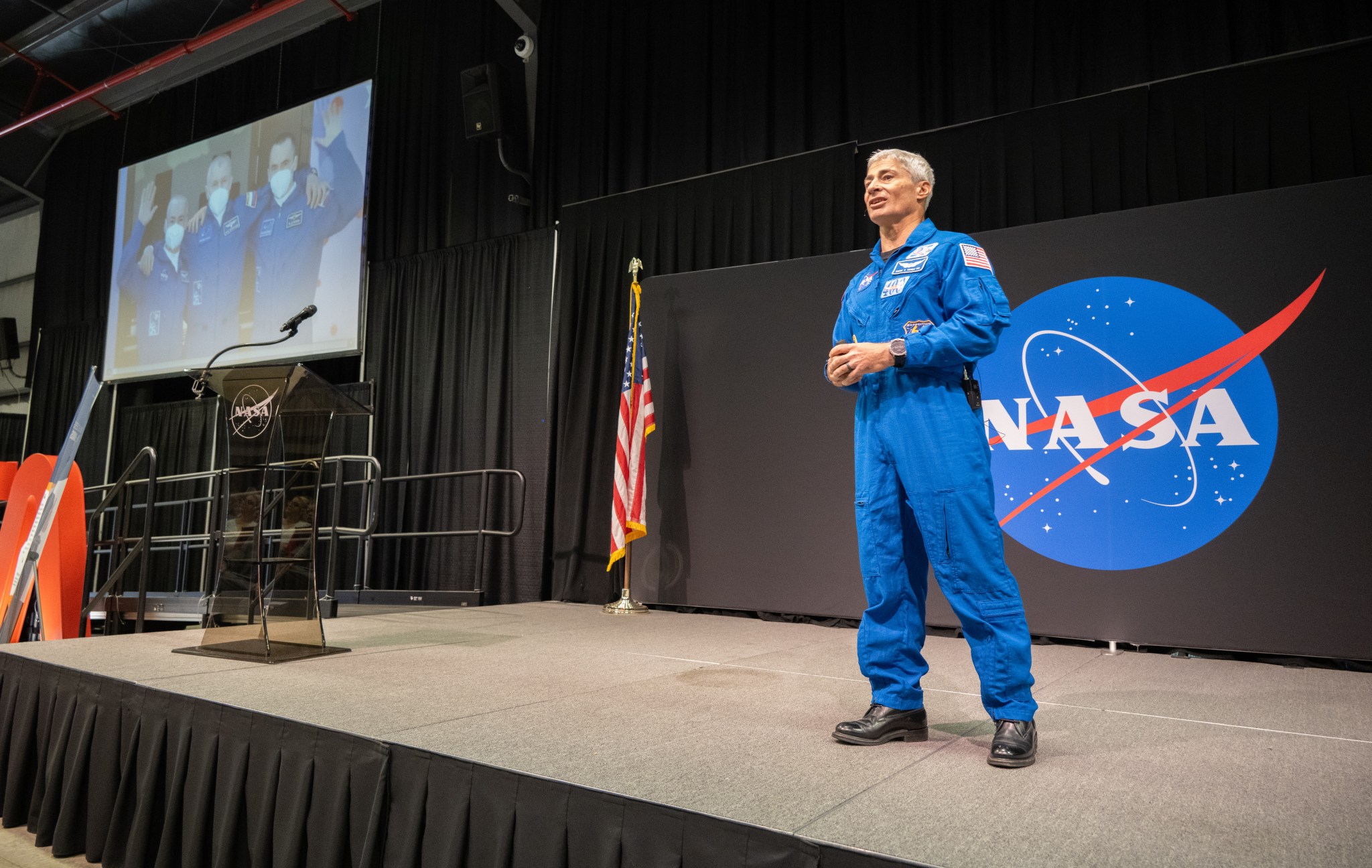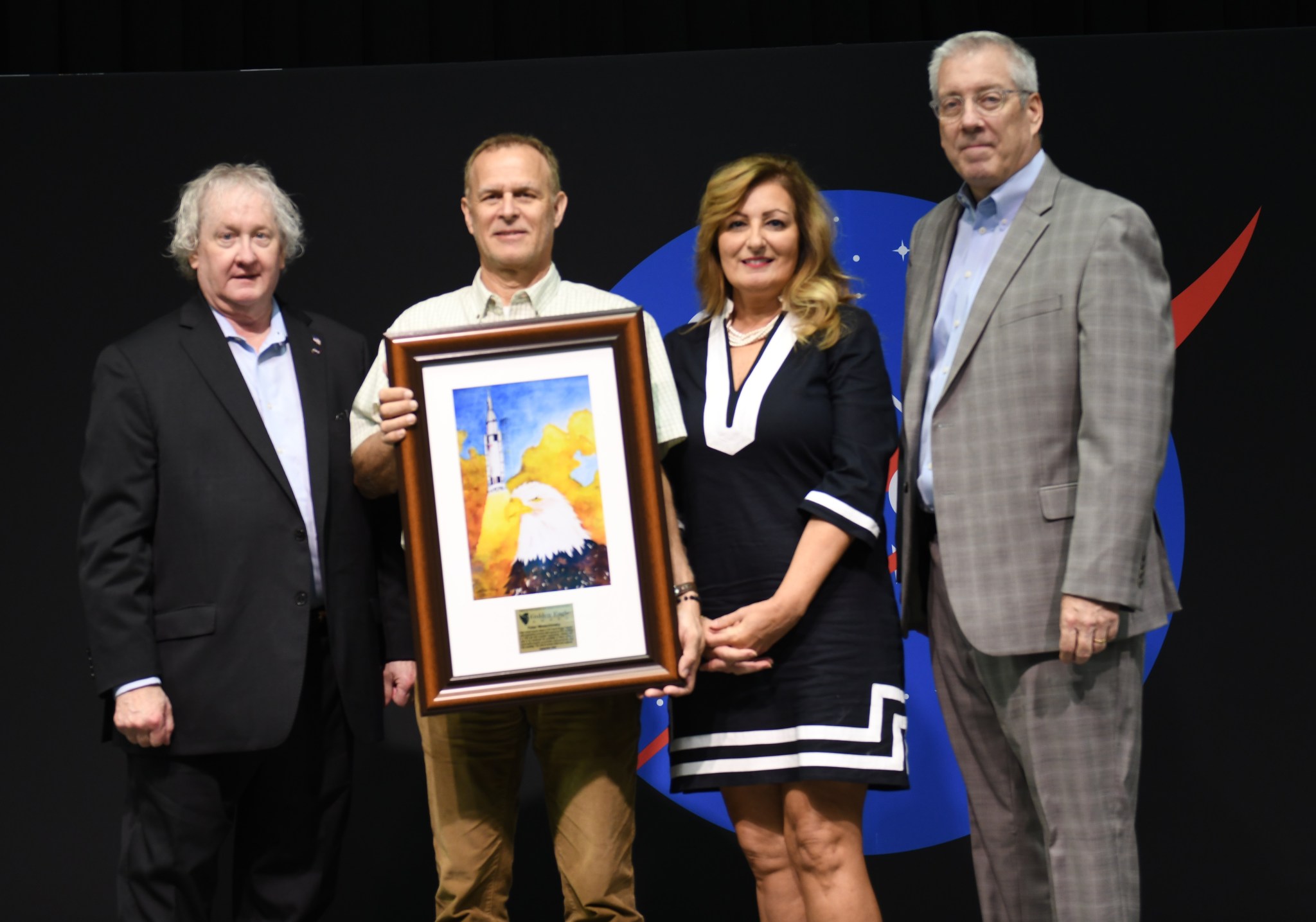
The Fabric of Marshall: Center Hosts Safety Day 2024
By Serena Whitfield
"Safety Woven Throughout the Fabric of Marshall" was the theme for Safety Day at NASA's Marshall Space Flight Center on Sept. 26.
Kickoff activities were held in Building 4316 and other sites around the center.
"It is crucial to ensure that each of us weaves safety into everything we do, not only at work, but in our daily lives," Marshall Director Joseph Pelfrey said.

NASA started the Safety Day tradition following the space shuttle Columbia accident in 2003. Centers across the agency dedicate a day each year for team members to pause and reflect on keeping the work environment safe.
This year's Safety Day began with a breakfast for employees, which was sponsored by Jacobs and Bastion Technologies. After breakfast, Bill Hill, director of the Safety and Mission Assurance Directorate at Marshall, welcomed center team members before introducing Pelfrey.
"Over the past year, Marshall's leadership and workforce have highlighted that transparency is an essential cultural attribute of our workforce and center," Pelfrey said. "It is also important to our core value of safety. Transparency fosters an environment where employees feel comfortable in reporting potential risks or safety concerns without fear of retribution. This openness ensures that issues are addressed early. It builds trust and accountability within our workforce, center, NASA, and external stakeholders."

Guest speaker Marceleus Venable, a purpose coach, trainer, and author, followed Pelfrey's remarks, telling team members to be safe by taking care of their physical and mental health. He encouraged them to take the time to pat themselves on the back for all their hard work and to appreciate their fellow workers at Marshall.
NASA astronaut Mark T. Vande Hei was the keynote speaker, encouraging employees to be team players in NASA's safety mission.
"We need a lot of talented team players to meet the challenges that we have for future space flights," said Vande Hei, who was selected as a NASA astronaut in 2009 and most recently served as a flight engineer on the International Space Station as part of Expedition 65 and 66. "Always try to do your best, but make sure that other people around you are doing their best as well and help them do that rather than you standing out as always being the best."

Micah Embry, the Safety Day 2024 chairperson, presented Vande Hei with a certificate for his participation.
Also during the event, Hill awarded the Golden Eagle Award to Peter Wreschinsky, a Jacobs Space Exploration Group employee. The award is part of the Mission Success is in Our Hands safety initiative, a collaboration between Marshall and Jacobs.
More than 400 civil servants and contractors participated in Safety Day, with organizational and vender booths providing information to employees across a variety of safety topics, including Emergency Management Services, fire protection, storm shelters, and more.
"As Marshall continues to be a leader at NASA and across the aerospace industry, … we must always be looking forward to improve our procedures and anticipate potential hazards," Pelfrey said. "Safety is directly tied to our mission success. Without safety, we cannot achieve the goals we set for ourselves in space exploration, research, and innovation."
Whitfield is an intern supporting the Marshall Office of Communications.
Human Lander System Spotlight: Preparing for the First Crewed Lunar Landings for Artemis
The featured business unit for the month of September at NASA's Marshall Space Flight Center was Lander Systems. Marshall leads the development of the systems needed to safely land humans on the Moon and, eventually Mars. This includes the Human Landing System Program (HLS), which manages the development of commercial lunar landing systems that will transport astronauts to and from the surface of the Moon as part of the agency's Artemis campaign.
For Artemis III and Artemis IV, NASA has selected SpaceX's Starship HLS, while Blue Origin's Blue Moon lander will be used for Artemis V. Having two distinct lunar lander designs, with different approaches to how they meet NASA's mission needs, provides more robustness while ensuring a regular cadence of Moon landings.
NASA works closely with its industry partners to mature the landers, exercising insight and offering collaboration to ensure astronaut safety and mission success. Through Artemis, NASA aims to land the first woman, first person of color, and first international partner astronaut on the lunar surface while advancing key science and discovery for the benefit of all.






